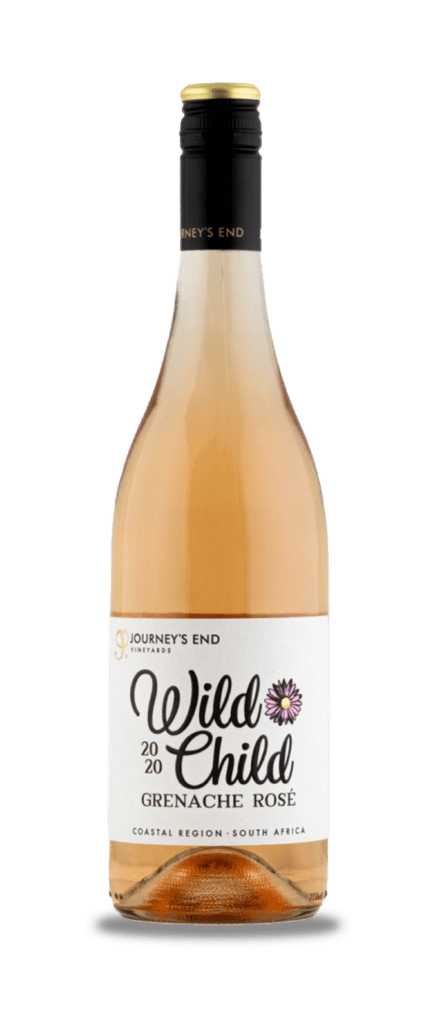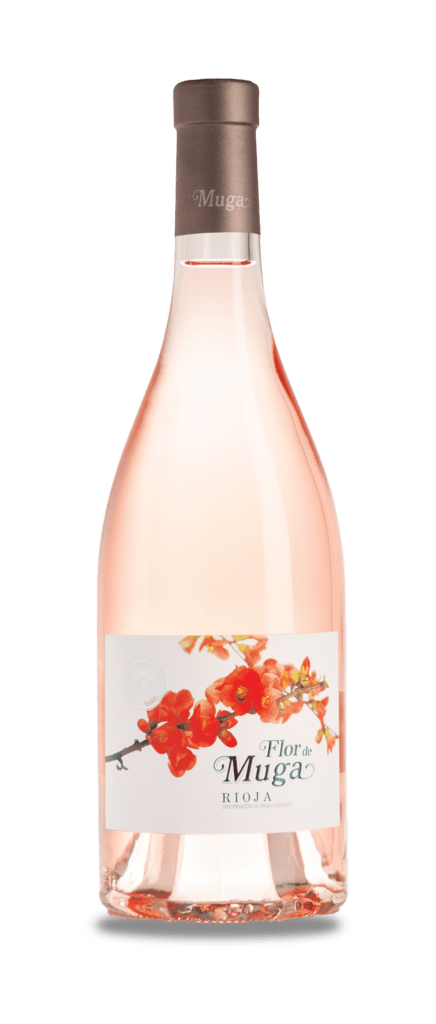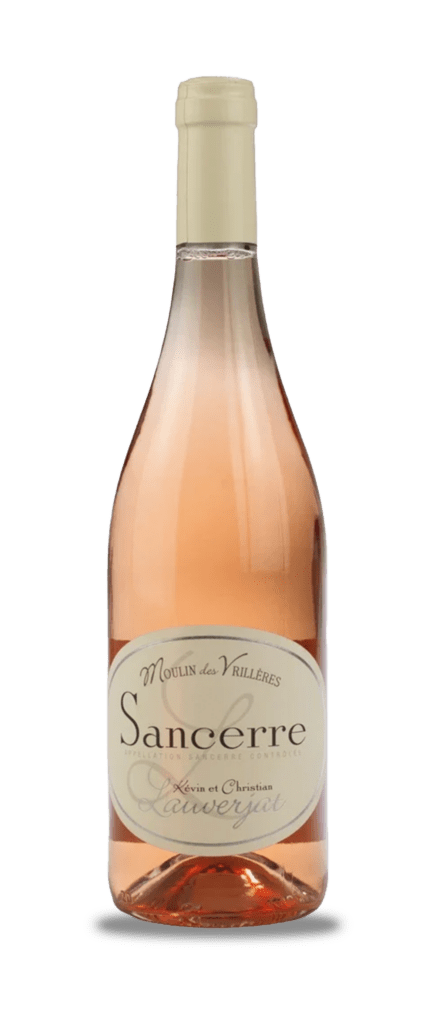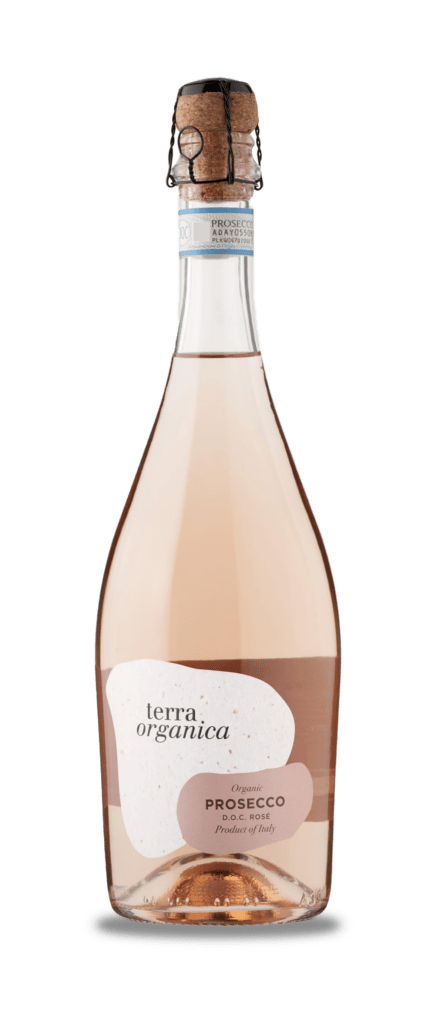Discover the best rose wines for summer sipping with Round & About Magazine’s guide to the best rose wines
The outlook is Rosé…
Summer’s here, according to the calendar if not the weather, so it’s time to slap on some sun cream (pull a jumper on) and crack open a bottle of rosé.
Rosé wines have come a long way in the last ten years. When I joined the wine trade they were about as easy to shift as a tin bath full of rubble. Wine lovers’ opinions of rosé wine were either informed by the likes of Mateus Rosé or white Zinfandels, a bottle of which could be enough to prompt a diabetic coma, or half-hearted efforts that were pretty, but pretty tasteless.
Today, everything in the world of rosé wines is, well, rosy. Great wines can be found all over the world, and even the finest wines remain affordable. So, to celebrate the arrival of summer and in the hope that we’ll see the sun, here are my top rosé wine recommendations.

First up is a South African, the Wild Child Grenache Rosé from Journey’s End (£13.50 Noble Green). This is a juicy style of rosé that’s easy to love. Made from old vine Grenache, the juice gets a relatively short (3 hours) contact with the skins, giving it its lovely delicate pink colour. That’s about the only thing that is delicate about this wine. Big, opulent and mouth-filling, it’s packed with strawberries, red cherries and raspberries with all the sharpness of a blancmange – just the thing for sipping in the garden.

Spain is an excellent source of great value rosé (rosado). Wines like Viña Sol Rosé (Waitrose £8.99) never fails to please. Recently, however, there’s been a move to creating rosé fine wines of which the Muga Flor De Muga Rosé (Majestic £21.99) is a fantastic example. I’ve shied away from this wine in the past as you can get the excellent Muga Rosado for £11.99. Having tasted it though, I have to say it is worth the extra money. Produced from ancient high-altitude vines, the concentration of red fruits, melon, and peach balanced by loganberries and citrus is impressive. This should be partnered with fine foods such as shellfish or lightly cooked lamb.

Provence has always been famed for its rosé wines. In 1955 a system of Cru Classé (great growths) was established, which recognised 23 exceptional estates. While the prices for some have become as eye-watering as the exclusive perfumes their bottles resemble, others remain affordable. If you want to try a wine that tastes as good as it looks – and let’s face it, it’s stunningly pretty – try the Château Sainte Roseline Prestige Provence Rosé (Ocado £19). From its rose diamond hue to its firm, mineral and raspberry finish, this is a class act. Gentle but with a lovely depth of flavour, this is one of those wines that draws you further in with each sip. It starts out offering watermelons and strawberries, but these morph into firmer tones of raspberries, peaches, and nectarines with an undertow of brambles, cream, and cherries. Lovely on its own, it’s made for seafood or fine white meats.

My next recommendation is a first for me. I honestly can’t ever remember recommending a fine Italian rosé wine. In my experience, Italian rosé (rosato) has been pleasant but hasn’t warranted purple (pink?) prose. The Albia 2023 (Vinum £15.05) from Ricasoli is a big exception to this rule. This Tuscan beauty is full, rich, and satisfying. Deep copper pink, it takes a little air to open it up, but once it’s had some times it’s full of red cherries, dried strawberries, and apricots with intriguing, slightly ‘spiky’ red berry acidity that I associate with Sangiovese. Good on its own, great with food, this is a brilliant rosé for alfresco dining.

The Loire Valley is best known for its white wines such as Saumur and Sancerre. While these are classics, both also produce impressive rosé wines. Take the Domaine Lauverjat Moulin des Vrilleres Sancerre Rosé (Perfect Cellar £23.70). Made exclusively from Pinot Noir grown on limestone and clay soils, it offers precision with power. The nose balances citrus and black berries, roses and dusty minerals, while the palate manages to harmoniously combine raspberries, leafy blackcurrants and grapefruit and savoury, chalky notes. Try this with full-flavoured white fish such as monkfish or cod or with pork or lamb.

Next up a fizz, the Terra Organica Rosé Prosecco (Ocado £13). Rosé Prosecco was only officially sanctioned in May 2020 but on the evidence of this, it was worth the wait. While I find white Prosecco pleasant enough it all too often becomes cloying after a couple of glasses. This wasn’t the case with the Terra Organica. The addition of Pinot Nero to the Glera has added a savoury, black cherry note to the melon, pear, and white peach flavours. Add to this a fresh acidity and a hint of yeast and you have one of the best value fizzes you can buy.

I’ll finish with an Australian wine – well, I did say great rosé can be found all over the world – the Rogers & Rufus Rosé (Latitude Wines £16.50). Made from that classic rosé grape, Grenache, this is an interesting take on New World rosé. Coral pink, the nose is full of red berries, brambles, green apples and honey. The latter took me aback a little and raised fears that this was going to be off-dry, a style of rosé I’ve never found to work. Happily, it turned out to be a false alarm, and while a heather honey note pervaded the palate – probably from the American oak – it was dry, clean, and refreshing. Without wishing to sound stereotypical, I can see this going brilliantly with barbecued seafood and white or red meats. It’s powerful yet rounded and soft-hearted. Oh, and in case you were wondering it’s made 105km from the sea and surf. More labels should carry useful information like this if you ask me!
Well, I hope you’ll try out some of these amazing rosé wines. Next time out I’ll be dishing up some ideas for barbecue wines. Weather permitting.
Cheers,
Giles







